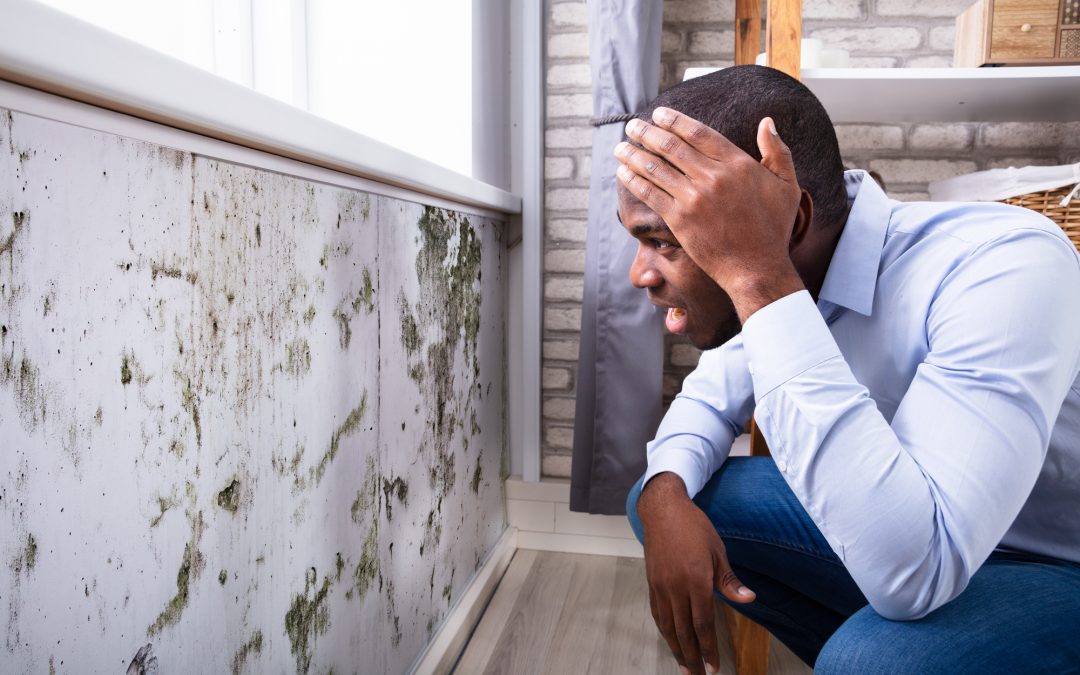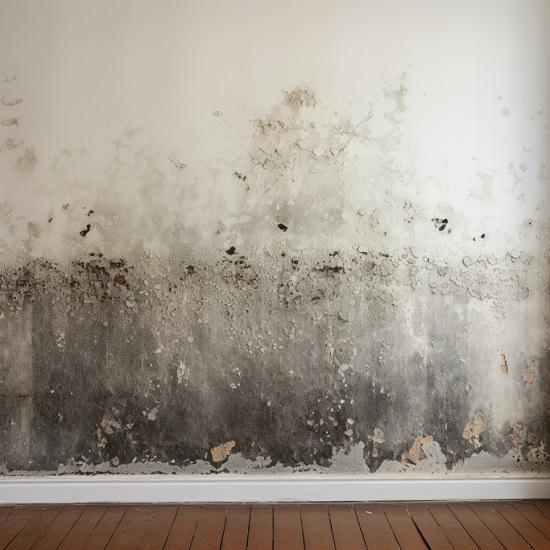Trick Tips for Effective Message Mold Remediation
Dealing with mold issues in a reliable and prompt way is vital for maintaining a healthy and balanced interior atmosphere. Effectively finishing mold and mildew removal is a complex process that needs focus to information and adherence to details protocols. From evaluating treated locations to applying moisture control steps, each step plays a vital function in ensuring the effectiveness of the removal procedure. Nonetheless, there are vital post-remediation steps that are equally essential yet typically ignored. These actions not only validate the success of the remediation initiatives yet additionally add to preventing future mold growth.
Evaluation of Treated Areas
Upon completion of the mold removal procedure, a thorough assessment of the dealt with locations is essential to guarantee the effectiveness of the remediation efforts. This evaluation functions as an essential action in the post-remediation phase to validate that the mold removal and clean-up treatments succeeded in eliminating the mold infestation and bring back a safe indoor setting. The examination must be performed by qualified experts who have the expertise to examine the remediated areas diligently.
During the inspection, different aspects are evaluated to determine the success of the remediation procedure. These consist of aesthetic analyses to look for any indications of mold and mildew growth or water damages, moisture degrees to confirm that the area is free and completely dry of excess moisture that could promote mold re-growth, and air quality testing to make sure that the interior air is risk-free to take a breath. In addition, the examination might entail utilizing specialized devices such as moisture meters and thermal imaging electronic cameras to detect covert mold and mildew or moisture pockets that might lead to future mold problems if left uncontrolled. Generally, a comprehensive assessment of the treated locations is essential to validate the efficiency of the mold remediation efforts and give satisfaction to the owners of the building.

Wetness Control Measures
Reliable moisture control steps are necessary for stopping mold and mildew growth and keeping a healthy interior atmosphere. In addition, using dehumidifiers in moist locations can aid minimize humidity levels, making it harder for mold to flourish.
Regularly preserving the building and checking's exterior can likewise avoid wetness invasion. Post remediation mold testing near me. Making certain that rain gutters are clear, downspouts straight water away from the foundation, and the roof covering remains in excellent condition can assist protect against water from seeping into the building. Effectively securing doors and windows can additionally help maintain moisture out
Any type of spills or leaks must be cleaned up and dried out within 24-48 hours to avoid mold and mildew development. By implementing these moisture control measures, the threat of mold repeating can be substantially reduced, developing a healthier interior setting.
Correct Ventilation Analysis
An important facet of making sure a healthy and balanced interior atmosphere post mold remediation is conducting a complete assessment of the ventilation system. Appropriate ventilation evaluation plays a crucial function in avoiding future mold and mildew growth and keeping air top quality within the afflicted area.
Additionally, evaluating the air flow system includes checking out the circulation of air throughout the area to identify any kind of locations of poor blood circulation where wetness and pollutants can build up. Appropriate ventilation not just aids in controlling humidity levels yet also aids in removing airborne mold and mildew spores and various other contaminants, thereby boosting overall interior air top quality. By resolving any kind of air flow issues post mold remediation, homeowner can develop a much healthier and extra comfy setting for owners while minimizing the risk of mold re-infestation.
Cleaning and Disinfection Protocols
To make sure comprehensive mold removal, precise adherence to particular cleansing and sanitation protocols is essential. Cleansing and disinfection methods play a vital function in the post-mold remediation phase to stop the reoccurrence of mold growth and make sure a safe and healthy setting. The initial step in this procedure is the elimination of any noticeable mold development utilizing ideal cleaner and methods. It is essential to utilize EPA-approved fungicides and anti-bacterials to effectively get rid of mold company website spores and avoid their regrowth.
Additionally, implementing preventive procedures such as using mold and mildew inhibitors and preserving appropriate ventilation can aid reduce the threat of future mold invasions. By following stringent cleaning and disinfection protocols, residential or commercial property proprietors can ensure the effective elimination of mold and mildew and create a healthy and balanced interior atmosphere for occupants.
Surveillance and Maintenance Strategy
Carrying out a regular tracking and maintenance plan is vital for guaranteeing the long-lasting performance of mold and mildew removal efforts. When mold and mildew removal is finished, it is important to establish a surveillance timetable to review the success of the removal process.
Additionally, creating a maintenance strategy is essential to avoiding future mold issues. Routine maintenance mold removal warranty not just aids in preventing mold and mildew but also adds to preserving a healthy interior environment - After mold remediation.
Conclusion
Finally, successful message mold and mildew remediation involves detailed evaluation of dealt with areas, implementation of moisture control steps, analysis of appropriate air flow, adherence to cleansing and sanitation procedures, and facility of a this content monitoring and upkeep plan. These essential actions are necessary to make sure that mold and mildew growth is effectively gotten rid of and protected against from reoccuring in the future. By following these standards, building proprietors can preserve a healthy and safe atmosphere for occupants.
Upon conclusion of the mold remediation process, a comprehensive inspection of the dealt with locations is vital to make sure the performance of the removal efforts. These consist of aesthetic assessments to examine for any kind of indications of mold and mildew development or water damages, moisture levels to verify that the location is dry and cost-free of excess humidity that can advertise mold re-growth, and air high quality testing to make sure that the interior air is safe to take a breath. In addition, the inspection might involve using specialized tools such as wetness meters and thermal imaging video cameras to detect surprise mold or moisture pockets that can lead to future mold issues if left untreated. By addressing any kind of ventilation problems post mold and mildew remediation, building proprietors can produce a much healthier and more comfortable environment for passengers while reducing the danger of mold re-infestation.
